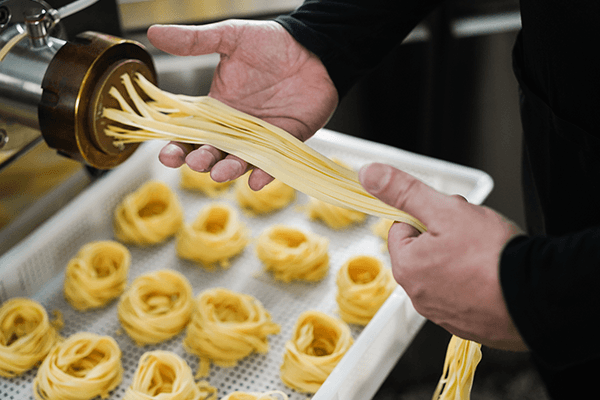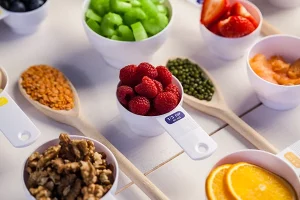As everyone knows, the pandemic has caused numerous Supply Chain issues worldwide. As such, many food manufacturers have found themselves without certain ingredients due to transportation shutdowns and restrictions. The good news is that the Canadian Government has implemented some temporary rules to help these companies comply with their labeling requirements. Many other countries have similarly made changes to help companies deal with supply chain issues and it is important to know and understand the local rules and requirements.
This is a great relief for many businesses, as updating their labels can be a lengthy and costly process.
What are these Rule Changes?
There are several different changes that the rules allow:
- The changes allow for a more extended period for companies to update their product labels where there are Supply Chain disruptions. This should give businesses some much-needed breathing room as they work to get back on track.
- The rules have also been relaxed around ingredient information. In some cases, businesses will not be required to list every single ingredient on their products. There are also some changes to the labeling of products that are considered to be “packaged together.”
- Ingredient substitutions will also be allowed in more cases. So, if there is a shortage of one ingredient, companies can substitute it for another without having to fully change their product labels. However, these changes should not affect the safety or quality of the food.
For consumers, this may mean that some products look slightly different or have a different ingredient list than they are used to.
Read more: Recipe Costing in the New Age: A Detailed Look Into Menu Engineering

Where can I find substitutes?
You can find substitutes for ingredients in many places, and many distributors now have a section dedicated to specialty or hard-to-find ingredients. If your distributor doesn’t provide this service, check with some others as you will need this capability.
Read more: Serving Sizes according to the CFIA
What are some common substitutes?
Some common substitutes for ingredients include:
– Flour: All-purpose flour, whole wheat flour, almond flour, coconut flour
– Sugar: Honey, molasses, agave nectar, stevia
– Butter: Margarine, vegan butter, coconut oil
– Eggs: Egg whites, egg replaces, flaxseed meal
– Milk: Soy milk, almond milk, coconut milk
– Cream: Evaporated milk, coconut cream, non-dairy creamer

Opportunities to Enhance your Products
You can use this as an opportunity to improve your ingredients’ quality or find cheaper substitutes that don’t sacrifice taste or quality. You may also want to consider using this as an opportunity to change your product line. Maybe you’ve been thinking about introducing a new flavor or a new product altogether.
There are a few things to keep in mind when you’re changing your ingredients or product line. First, ensure that your new products will still comply with the labeling rules. Second, think about your ingredient supply chain and whether or not you’ll be able to source the ingredients you need. You may need to develop new relationships with suppliers or find alternative sources for your ingredients. Third, consider how these changes will impact your customers and make sure you communicate the changes to them.
Read more: So much more than just an ordinary cupcake
Clear and Correct Labeling is Important
The bottom line is that change can be difficult, but it can also be an opportunity to improve your business. Use this as an opportunity to evaluate your operations and make changes that will improve your products
The new labeling rules present both challenges and opportunities for food manufacturers. It’s essential to be aware of the changes and to plan accordingly. With a little bit of creativity, you can use the changes to your advantage and come out ahead of the competition.
If your business needs a quick shift in its labels to stay compliant and indicate a change in ingredients, give MenuSano a try. Using database labeling, you can create your labels quickly and accurately, bypassing the need for an expensive, time-consuming lab analysis.



















